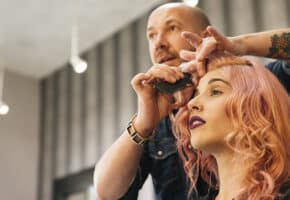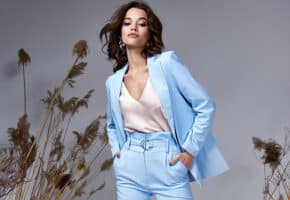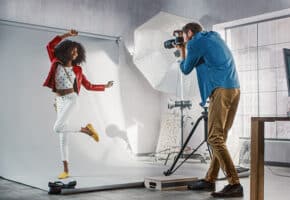What Is a Fit/Fitting Model?
When we see beautiful clothes on the runway or in stores, we often forget the amount of work that goes into making them look perfect. That’s where fit models come in – they are the unsung heroes of the fashion industry. They work tirelessly behind the scenes, helping designers create garments that fit like a glove.
Fit models are not like traditional models you might see on magazine covers or billboards. They are not chosen for their looks, but for their body measurements. They work as living mannequins, wearing clothes so that designers can see how the fabric falls and how the cut fits on a real human body.
Fit models play a crucial role in the fashion industry, as they help designers spot any issues with their creations before they go on sale. By working with a fit model, designers can ensure that their clothes fit perfectly and offer their customers a flawless fit. This is especially important for lingerie, swimwear, and shoes, where a good fit can make all the difference.
So, how do you become a fit model? Read on to find out.
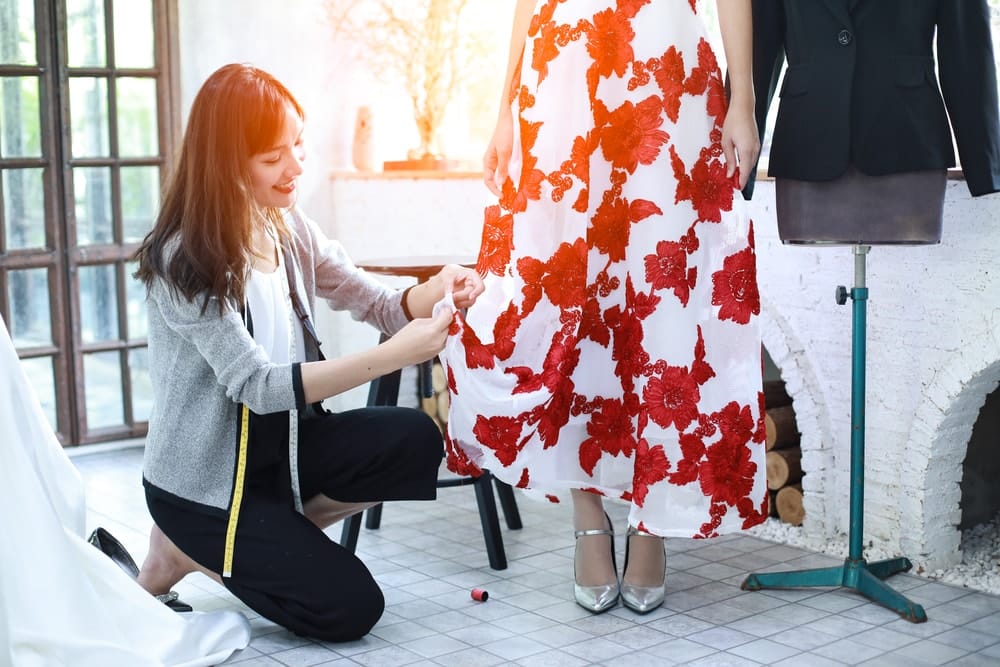
How to Become a Fit Model
Unlike traditional models, fit models are chosen for their body measurements rather than their faces. Designers rely on them to see how their creations look on real human bodies and to spot any issues with the fit before items go on sale. This is where specific requirements come into play, including height, bust, waist, hip and thigh measurements, arm and leg length, shoe and clothing size, and even shoulders and neck size for male models. It’s a strict set of measurements set by the high-end fashion world that all designers adhere to.
Fit modelling is not just about having the right physical attributes, however. It requires mental attributes like professionalism, communication skills, and the ability to work well with a team of designers, seamstresses, and tailors. This is why many fit models are sourced through agencies that specialise in fitting work. Signing with a specialist fitting agency can be particularly helpful for those looking to focus on fit modelling, as they have access to a wider range of clients and opportunities.
But it’s not just high-end fashion designers who need fit models. Even high street retailers like H&M advertise for fit models directly through their website. This means that if you have the right measurements and attributes, there are plenty of opportunities to work as a fit model and play a crucial role in the fashion industry.
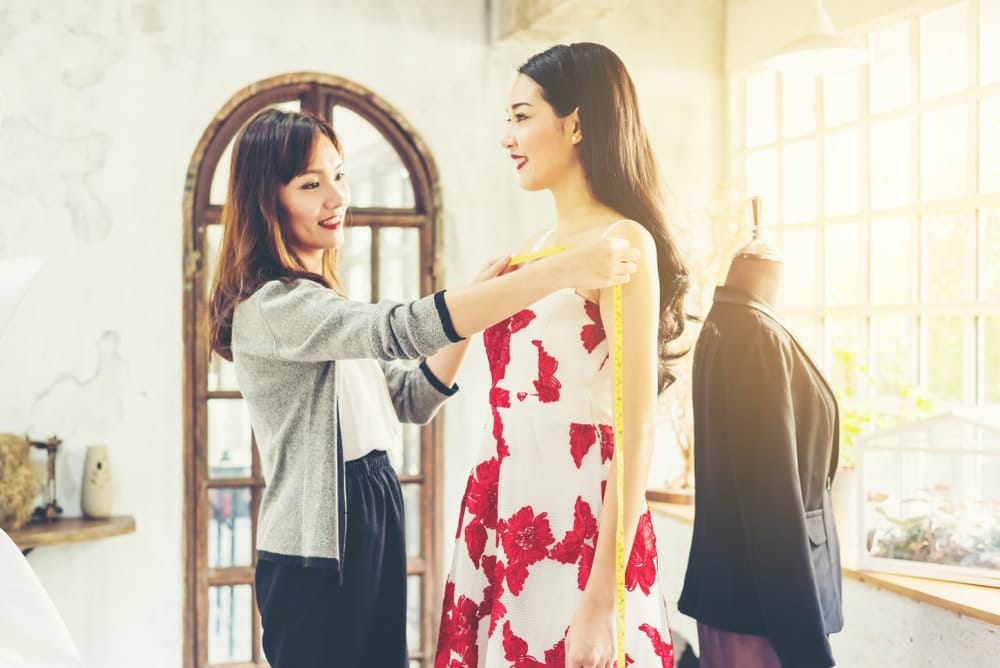
Knowing Your Measurements
As a fit model, your body is your livelihood. Your measurements, also known as your statistics, are critical pieces of information that you need to know like the back of your hand. While you may not be expected to know every detail off the top of your head, it’s important to have them readily available for potential employers.
That’s where z-cards come in handy. These business card-style cards feature your name, picture, and contact details, along with your measurements professionally displayed. They’re the perfect tool for fit models who need to reference their statistics quickly, and they’re small enough to keep in your back pocket for easy access.
As a fit model, it’s important you are able to maintain your weight and measurements as closely as possible, and always update your information if it does change. Our bodies fluctuate naturally as we age, so it’s a good habit to measure yourself frequently so you’re always using the most up-to-date numbers.
Getting Z-Cards
UK Models can produce z-cards for you. Having z-cards can make all the difference when it comes to landing fit modelling gigs, as they show potential employers that you’re prepared, professional, and serious about your career. The world of modelling moves quickly, and having these useful cards at hand can save you a lot of time and energy; you won’t have to find a pen and paper, nor will you have to check your phone or purse for your latest measurements. It will all be there on your z-cards.
They are also a great way to network, so keep some on you at all times – you never know when you might meet someone who could land you your next big job.

The Qualities Required
Measurements
To become a fit model, there are specific physical requirements that must be met. Fit models are chosen based on their body measurements, which must match the specific requirements set by the fashion industry. The exact measurements will vary depending on the brand or designer, but generally, fit models need to have the following:
- Height: Fit models are typically between 5’6″ and 5’10” for women and 5’10” and 6’2″ for men.
- Bust, waist, and hip measurements: These measurements are essential for ensuring that the clothing fits properly and looks flattering on the model.
- Leg and arm length: These measurements are necessary to ensure that the clothing’s proportions are correct.
- Shoe size: Fit models must have standard shoe sizes, usually between 6 and 10 for women and 8 and 12 for men.
Attitude
In addition to meeting these physical requirements, fit models must also have a professional demeanor and a willingness to take direction. Patience and a calm demeanor are also essential, as the process of trying on and adjusting clothing can be tedious and time-consuming, with constant changes and alterations that can last all day. It requires a great deal of mental and physical endurance to remain focused and attentive throughout the process.
Fit models also need to be able to stand very still for extended periods, as well as move gracefully under direction. Designers need to see how the fabric behaves in different positions, so models must be able to move in a controlled and deliberate manner. This requires a willingness to take direction and a calm demeanor, even when working under pressure.
Another important quality for a fit model is the ability to communicate effectively with the design team. They need to be able to offer honest feedback on how the garment fits and feels, while still maintaining a respectful and professional attitude. Fit models must be confident enough to speak up when necessary, but also know when to defer to the expertise of the design team.
You don’t need to be conventionally attractive to be a fit model; it’s most important that you have the correct measurements.
With the right combination of patience, communication skills, and professionalism, fit modeling can be a rewarding and fulfilling career.
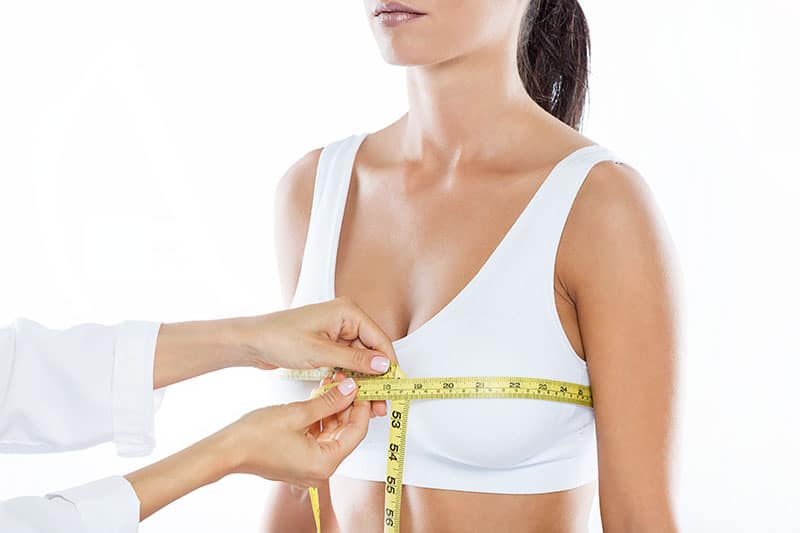
What to Expect As a Fit Model
An average day in the life of a fit model can vary depending on the job and the specific requirements of the design team. Typically, a fit model will start their day by arriving at the studio or workshop where the fittings take place. They may need to arrive early to allow time for any necessary measurements or adjustments.
Once the fitting begins, the fit model will try on various garments and clothing items to provide feedback on the fit, feel, and comfort. This may involve standing still for long periods of time while the design team examines the garment, or walking and moving around to test the fabric’s flexibility and durability. The fit model will need to be patient and willing to take direction from the design team to ensure that the garment is perfect.
Throughout the day, the fit model will provide feedback on different types of clothing such as lingerie, swimwear, and shoes. The design team may need to make alterations based on the fit model’s feedback, which can involve taking precise measurements and making small adjustments.
Communication is key in the life of a fit model. They must be comfortable providing honest feedback to the design team on how the garment fits and feels. A good fit model must also maintain a professional demeanor throughout the day, always being punctual and respectful of the design team’s time.
After a long day of fittings, the fit model may head home or to another job, depending on their schedule. While fit modeling can be a demanding and precise job, it can also be highly rewarding for those who love fashion and have a passion for helping designers create the perfect garment.

Finding An Agency As a Fit Model
Finding the right agency is crucial for anyone looking to pursue a career as a fit model. An agency can offer valuable guidance and support, help models find work, and provide a network of industry contacts. However, not all agencies are created equal, and it’s important to do your research to find the right one for you.
One way to start is by searching online for fit modelling agencies in your area (the top ones will always be located in major cities such as London and Manchester). Look for agencies with a good reputation and a track record of success. Check their websites for information on how to apply, their requirements, and the types of clients they work with. It’s also a good idea to read reviews and testimonials from other models who have worked with the agency to get an idea of their experience.
Another option is to attend open casting calls hosted by agencies. These are a great opportunity to meet with agents in person and showcase your skills and measurements. Be sure to bring your z-card and any other relevant information about your experience as a fit model.
Networking is also an important part of finding an agent. Attend industry events, fashion shows, and other gatherings where you can meet designers, stylists, and other industry professionals. These events provide an opportunity to showcase your skills and make valuable connections that can help you find work.
Ultimately, finding the right agent as a fit model is about being proactive, doing your research, and being persistent. With the right combination of talent and determination, you can succeed in this competitive and exciting field.
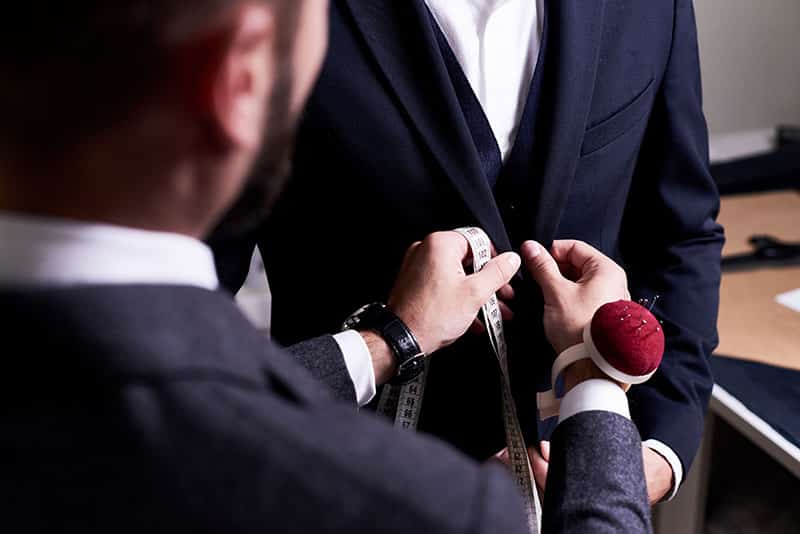
Applying to an Agency
If you are interested in becoming a fit model and want to apply to an agency, there are a few key steps you should follow:
- Do your research: Look for reputable agencies that specialise in fit modeling. You can do this by searching online, reading industry publications, or asking for recommendations from other models or industry professionals.
- Prepare your materials: Once you’ve identified potential agencies, it’s important to prepare your application materials. This typically includes a headshot, a full-length photo, and your body measurements. Some agencies may also ask for a resume or a brief cover letter outlining your experience and qualifications. Remember to check the agency’s requirements before applying; you’ll be wasting both your own and their time if you apply knowing you don’t match their criteria.
- Submit your application: Most agencies have an online application process that you can complete on their website. Be sure to follow all instructions carefully and provide all requested information.
- Attend open calls: Some agencies hold open casting calls where you can meet with a representative in person and show them your measurements and portfolio. This can be a great way to make a personal connection and stand out from other applicants.
- Be patient: It can take time to hear back from an agency, and even longer to start booking jobs. Keep in mind that fit modelling is a competitive field, and it may take some time to build a strong portfolio and reputation.
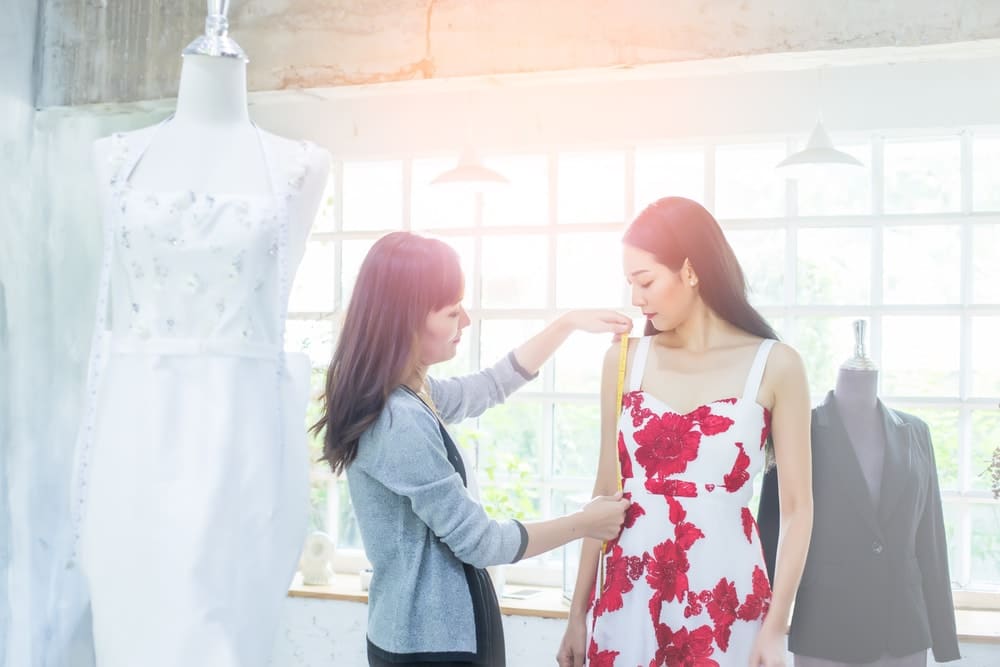
Get Professional Industry Advice
Don’t forget, you can also get leading industry advice from a support service like UK Models, who can help advise you on the best course of action to give you the best chance of success.
You can apply to more than one agency, and you can re-apply to the same agency again after 6 months, so it’s a good idea to make a spreadsheet and keep track of who you’ve approached.
Overall, the key to success in fit modelling is persistence and professionalism. By working with a reputable agency, staying on top of your measurements and physical fitness, and being patient and flexible, you can build a successful career in this exciting and dynamic industry.
